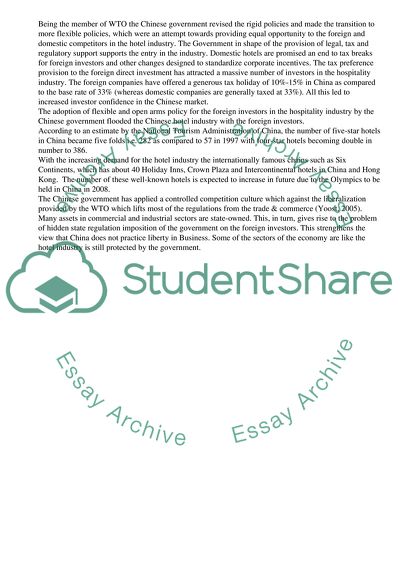Cite this document
(Massive Foreign Investment Potential in Chinas Hotel Industry Dissertation, n.d.)
Massive Foreign Investment Potential in Chinas Hotel Industry Dissertation. Retrieved from https://studentshare.org/business/1704068-research-method
Massive Foreign Investment Potential in Chinas Hotel Industry Dissertation. Retrieved from https://studentshare.org/business/1704068-research-method
(Massive Foreign Investment Potential in Chinas Hotel Industry Dissertation)
Massive Foreign Investment Potential in Chinas Hotel Industry Dissertation. https://studentshare.org/business/1704068-research-method.
Massive Foreign Investment Potential in Chinas Hotel Industry Dissertation. https://studentshare.org/business/1704068-research-method.
“Massive Foreign Investment Potential in Chinas Hotel Industry Dissertation”, n.d. https://studentshare.org/business/1704068-research-method.


